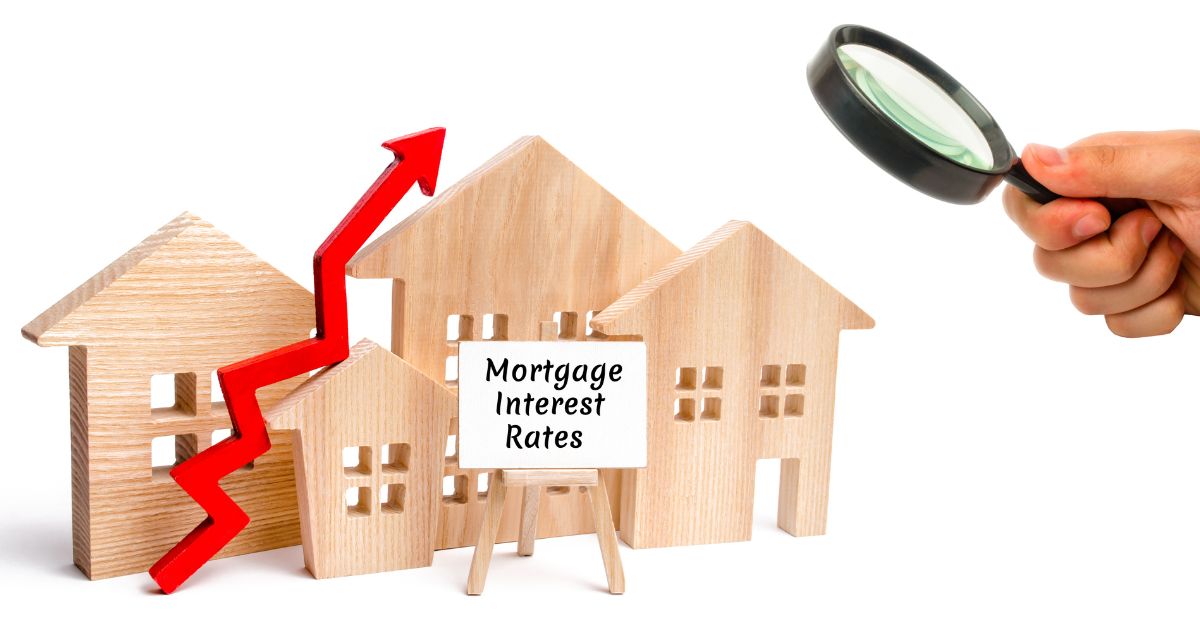Winter might not be the season most people picture when they think about buying or selling a home, but it can actually come with some surprising advantages. The pace is slower, the competition is lighter, and the people who are active in the market are usually serious about making a move.
In this blog, we’ll break down what Calgary’s winter market is really like, the pros and cons for buyers and sellers, and how to make the most of the season if you’re planning your next move.
The Truth About Calgary’s Winter Market
Once the snow hits and holiday plans kick in, a lot of people assume real estate activity drops off a cliff. But Calgary’s market never fully stops. While spring and fall are definitely busier, winter still sees steady movement, often with more intention behind it.
Serious buyers stay active. Sellers who list tend to be motivated. And with less competition on both sides, there’s more room for negotiation and opportunity.
Whether you’re thinking about upsizing, downsizing, buying your first place, or investing, winter can be a strategic time to act if you’re prepared.
What It’s Really Like to Buy or Sell in Winter
For Buyers
If you want to avoid bidding wars and packed open houses, winter can be a great time to buy. Inventory is definitely lighter, but the sellers who list during the colder months are usually serious about making a move. And even with fewer homes on the market, good opportunities still pop up. The nice part is you often get more breathing room to look around, ask questions, and really decide which home feels right for you.
Of course, winter has its challenges. Snow can cover roofing issues, hide drainage problems, or make landscaping hard to judge. Walk-throughs take a bit more patience, too. But with the right questions and a careful eye, you can still get a true sense of the home, even when it’s -20 outside.
For Sellers
If you’re wondering whether listing in winter is worth it, here’s the reality: many people wait until spring. That means your home has less competition and can actually stand out more.
A well-presented home that shows clean, warm, and welcoming can attract strong interest. Winter buyers aren’t browsing for fun as they might need to relocate for work, downsize, upsize, or trying to close before year end. These are the buyers who book showings through the cold and wintery days as their motivation level is high.
To make a winter listing shine, curb appeal and comfort matter. Clear the walkways, warm up the lighting, make the entryway tidy, and lean into cozy touches. Small details go a long way in the colder months.
Ultimately, winter success comes down to strategy, preparation, and timing.
A Quick Look at Calgary’s Current Market Conditions
As of December 2025, Calgary is following typical seasonal trends. Sales, new listings, and inventory all slowed compared to the previous month. With 1,553 sales and 2,251 new listings, the sales to new listings ratio sits at a healthy 69%.
Inventory sits at 5,581 units, which is higher than this time last year and above long term norms. Most of this growth comes from higher density options like row homes and apartments. Some of this added supply is tied to the new home sector, which often releases additional units toward the end of the year.
Buyer’s market conditions are more common in apartment and row style homes right now, while detached and semi detached properties remain relatively balanced.
Not surprisingly, the added supply is affecting prices. Apartment and row homes are seeing year over year declines of around seven and six per cent. Detached home prices have dipped by about two per cent compared to last November, though they remain up on a year to date basis. Overall, the combined residential benchmark price for November sits at $559,000, about 5% than last year.
So, Is Winter a Good Time to Make a Move?
If you’re open to a quieter market, motivated buyers and sellers, and some seasonal quirks, winter can be a fantastic time to act. Whether you're buying before the spring rush or thinking about listing while competition is low, the colder months often come with more opportunity than people expect.
If you want help navigating the winter market or figuring out whether now is the right time for your real estate goals, I’m always here to chat.







